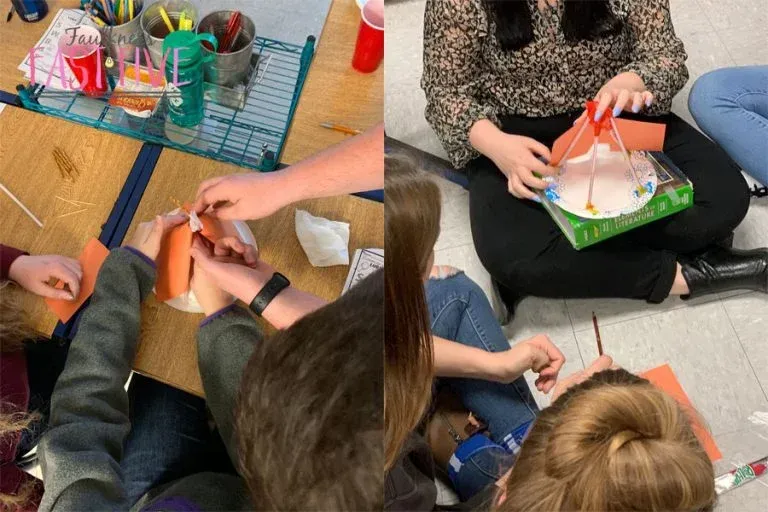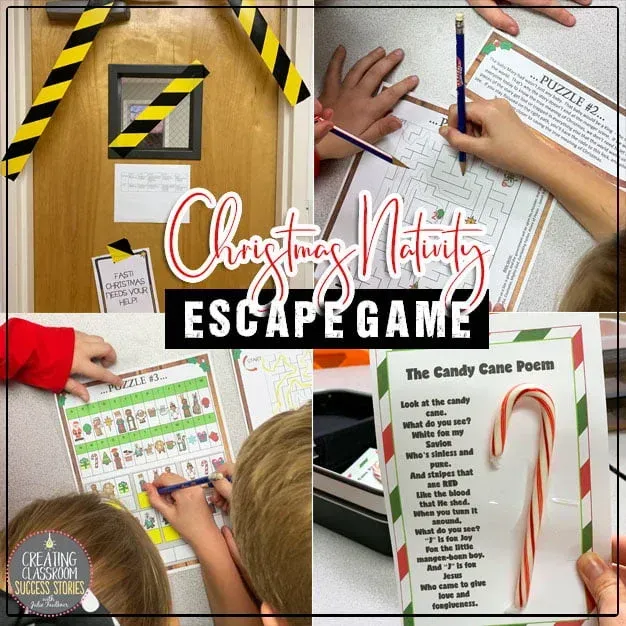End-Of-Year Reflection: Top 5
Classroom Success Stories of 2019
One of the most important things we can do as teachers is reflect, and so that’s why I love this annual blog post. It’s been my new year tradition for the past several years (2015, 2016, 2017, 2018), and choosing only five memorable teaching moments is always so hard, but here goes: My top five classroom success stories of 2019!
This year in review…
Teaching Gatsby for the first time in forever & writing the unit plan for it
A little bit Disney Frozen on the brain here, but it works. In the past, I had taught The Great Gatsby mainly in parts or just as a movie-viewing experience. So, this time around when I was able to teach the novel as a whole to my group of junior honors, I was very excited to unpack everything it has to offer. Most students love the idea of the 1920s and the mystery of Gatsby, so I just played off of that enthusiasm. I started the unit with problem-solving questions and station rotations that introduced the time period and the novel. Once we began reading, I loved having students track the colors, do guided close reading exercises, and analyze the characters. We closed with a “My American Dream” project, and it was really incredible to see what students aspire to become. I was very pleased with the way the unit turned out. Check out my complete unit, my movie-viewing guide, and my escape game here.
Island challenges for Lord of the Flies
I cannot even begin to tell you how much fun teaching The Lord of the Flies was after I decided to create the challenges. I had wanted to do something like this for a while with Flies, but never got up my nerve. Finally, I just dove in and did it. I am SO glad I did. Read more about all the challenges on this post. Get my entire unit plan here.
Vacation Bible School
It seems like VBS makes my greatest hits list every year, and that is fine with me. I enjoy the themes, the decorating, projects, crafts, and energy created by a week of studying the Word with kids. This year’s theme was The Incredible RACE. We traveled all around the world learning about different cultures and God’s love for us. We decorated our hallways like an airport and our classrooms like the inside of an airplane and the country we traveled to each night. What an awesome trip!
First Chapter Fridays
As soon as I saw this idea from my friend Lauralee over at The Language Arts Classroom, I knew I had to work it in somehow. Each Friday, I would start class with one chapter, or a piece of a chapter, from a book that I thought my students would be interested in. I related the books to holidays as well. See all the books I shared over on my Instagram, and I also took it up a notch by including pictures of our weekly destinations because my classroom library theme is “Books are an Adventure.” See the video of me explaining my weekly process here, my classroom library set up here, and get my classroom library materials free here.
Christmas Nativity bible escape games with the younger students
If you’ve been reading my blog for very long, you know how much I love escape games for the classroom. I create them every chance I get, and my high school students love them. This year, I was working with the PreK-4th grade students on Wednesday nights at church, and we were planning to study Paul’s escape from prison. I was in charge of the activity rotation, so of course, I thought – escape game! Since it was December, it only made perfect sense to do an escape game for the Christmas Nativity story. I ended up creating two games: one for the PreK-K level and one for the 1st-4th grade level. It was completely worth it. I always enjoy it when my high school students are playing, but I can’t even tell you how much fun it was playing the breakout games with my “littles.” None of them had ever played one before, but they figured it out quickly and ran with it. Grab these two games here.
I would love to hear about your greatest teaching moments and classroom success stories this year. Share below!
Love this content?
Sign up for my email newsletter with more tips, ideas, success stories, and freebies!




















